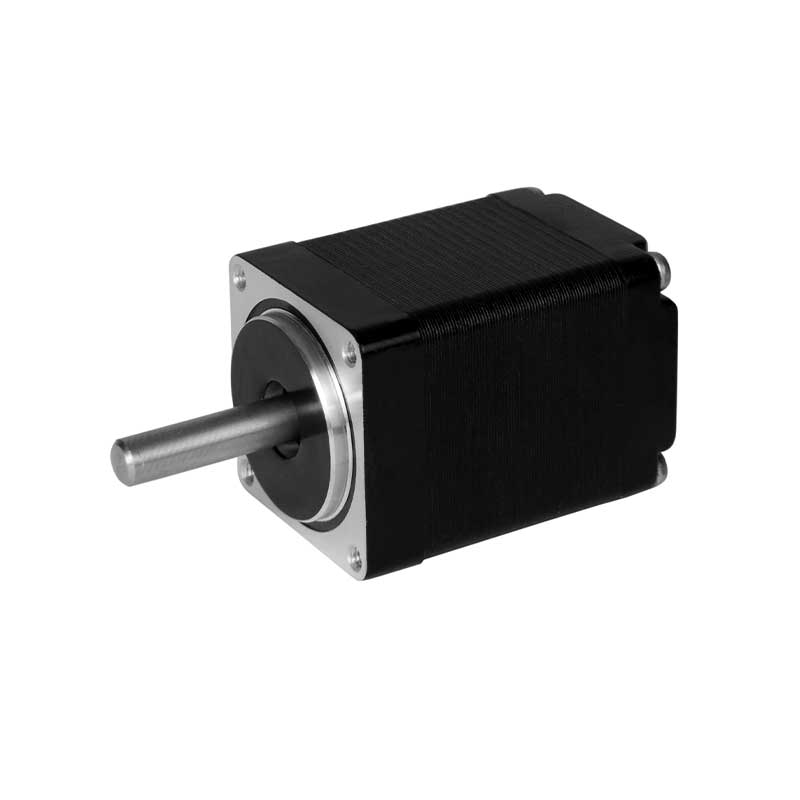Three drive modes for stepper motors
 Feb 03, 2023|
Feb 03, 2023| View:24
View:24stepper motor and stepper motor driver constitute the stepper motor drive system. The performance of the stepper motor drive system depends not only on the performance of the stepper motor itself but also on the merits of the stepper motor driver. The research on stepper motor drivers is almost synchronized with the research on the stepper motor.

The stepper motor driver has three basic motor drive modes: full step, half step, and subdivision. The main difference is the accuracy of the control of the motor coil current (i.e., excitation mode).
(1) whole-step drive.
In the whole-step operation, the same stepper motor can be equipped with both whole/half-step drivers and a subdivision driver, but the operating effect is different. Stepper motor driver by pulse/direction command to two-phase stepper motor two coil cycle excitation (that is, coil charging set current), each pulse of this drive will cause the motor to move a basic step angle, that is, 1.80 degrees (standard two-phase motor has a total of 200 step angle of a turn).
(2) Half-step drive.
In single-phase excitation, the motor spindle stops at the full-step position. After the driver receives the next pulse, if it excites the other phase and keeps the initial phase in the excitation state, the motor spindle will move half a step angle and stop in the middle of the two adjacent full-step positions. This cycle of single-phase and then dual-phase excitation of the two-phase coil stepper motor will rotate in a half-step manner of 0.90 degrees per pulse. All the full/half-step drives supplied by Shangsha Motors can perform both full and half-step drives, which are selected by the dips in the drive's dip switches. Compared with the full-step mode, the half-step mode has the advantage of twice the accuracy and less vibration at low-speed operation, so the half-step mode is generally used when the full/half-step drive is used.
(3) Subdivision drive.
Subdivision drive mode has two main advantages: minimal vibration at low speed and high positioning accuracy. For sometimes needing to run at low speed (i.e., the motor shaft sometimes works below 60rpm) or positioning accuracy requirements of less than 0.90 degrees of stepping applications, subdivision-type stepper motor drive is widely used. The basic principle is to perform precision current control on the two coils of the motor in sine and cosine steps so that the distance of one step angle is divided into several subdivision steps to complete. For example, a sixteen-interpolation drive can make a stepper motor with 200 standard steps per revolution achieve a running accuracy of 200*16=3200 steps per revolution (i.e., 0.1125°).
In general, in the whole-step operation state, for each input pulse, the angular displacement of the motor shaft is a step moment angle. In the half-step operation state, for each input pulse, the angular displacement of the motor shaft is half a step moment angle. Stepper motor is best not to use the whole step state, the whole step state when the vibration is large.
The above is about the three drive modes of stepper motors. If you need more detailed information, welcome to contact us!






























